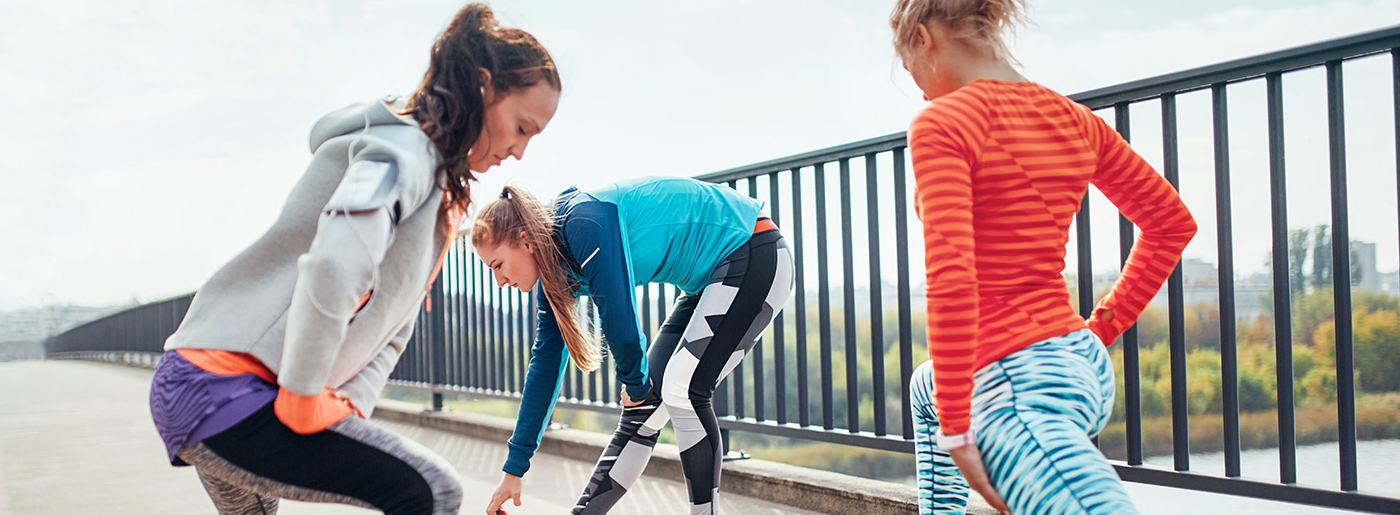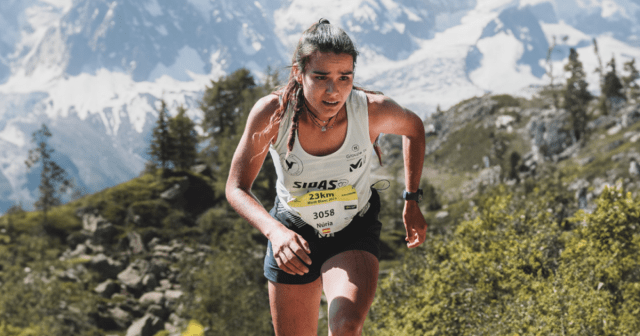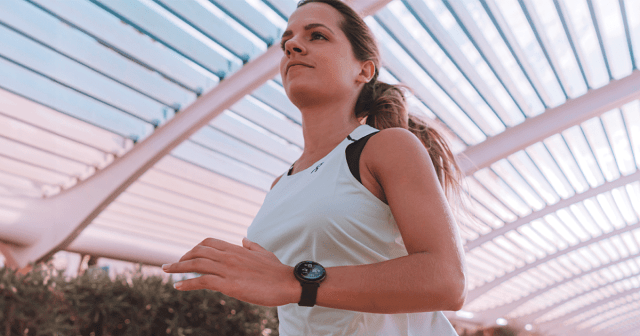You know when you’re having one of those days.. the days when you drag yourself to the gym after a long day in the office, feeling lethargic, but you remind yourself that the endorphins will reward you in the end – just keep going.
The treadmill swiftly finds the pace, the belt begins its merciless roll and you put one foot in front of the other, trying not to feel like a hamster on a wheel. When you’ve done your time, you wobble to your car and driving home, you look at the sky and the trees and feel a little left out, but you don’t quite know why.
While the treadmill is an irreplaceable assistant when exercising outdoors just isn’t an option, it offers little in terms of any other kind of enjoyment than the feel-good hormone flush after the workout is over.
Taking your jog to the streets is a step up for the senses.
Taking your jog to the streets is a step up for the senses: the scenery changes and the terrain varies. Yet when it comes to the runners who want truly stimulating surroundings as well as diverse physical challenges and increased calorie consumption, nothing beats hitting the trails.
Trail running is often understood as running on trails specifically built and intended for the purpose, but many find this definition of trail running to be too limiting. Runners who steer clear from tracks, streets, and treadmills and instead head for the woods – be it on paths created for running or ones that just happen to suit the purpose – could all well be called trail runners. The quickly growing popularity of the sport has initiated both repair work of existing trails as well as the creation of entirely new trail systems.
Whether you run deep in the woods, creating your path as you go, or on a trail created specifically for running, the same benefits for taking your run out in the wilderness apply.
5 reasons to head for the trails
-
Connect with nature – and yourself!
Although running on streets may offer visual pleasure in the form of urban landscape, well-designed buildings and people watching, there is nothing quite like stepping into the woods.
Leave the music at home and instead take in the varied sounds of nature: the branches cracking under your feet, the notes from trees and the terrain around you, the steady, soft stomp of your own feet, and the most beautiful sound of all: that of silence.
-
Be kind to your body
Running isn’t exactly known for being a joint-friendly form of exercise. Pounding the pavement takes its toll on the body and many runners have at some point experienced some form of a running-related injury, often one in their knees, shins, hamstrings, or achilles tendonds.
Compared to asphalt or most treadmills, trails offer a softer surface and thus less impact, absorbing some of the harsh shock the body has to deal with on harder surfaces. The changing terrain and its requirements also develop qualities like agility and strength, making the body more versatile and more capable.
-
Let your brain unwind
The theories of all who roam forests have been scientifically proven: moments in nature do boost creativity and enhance cognitive functions. Study after study finds outdoor workouts to be more effective in increasing people’s energy levels and adding to positive engagement, as well as in lowering levels of tension, confusion, depression and anger than getting your sweat on indoors does.
-
Enjoy natural interval training
Unless the path you run is a completely flat one with a well-groomed running surface and few turns, chances are you will be going both uphill and down, swerving around trees, hopping over roots and leaping over creek crossings – and without noticing it, giving yourself a fantastic interval workout.
The comforting fact is that all uphill struggles will be compensated in the form of downhill cruising – eventually.
-
Give in to the task ahead
The best part, and quite possibly the worst part of trail running, too, is that once you start running, your only real option is to keep going.
The trails are often one-way, so when fatigue hits all you can do you to ease the load is to slow down to a walking pace. There is no off-switch on this mode of exercise, and no Uber to take you home. The good thing about it? Giving in the first time you are so inclined isn’t likely to happen. The bad? Well… the obvious.
Ready to give the trails a chance? Before you go, take a look at the trail runner’s checklist.
If you liked this post, don’t forget to share so that others can find it, too.
Or give it a thumbs up!
I like this article
Please note that the information provided in the Polar Blog articles cannot replace individual advice from health professionals. Please consult your physician before starting a new fitness program.





